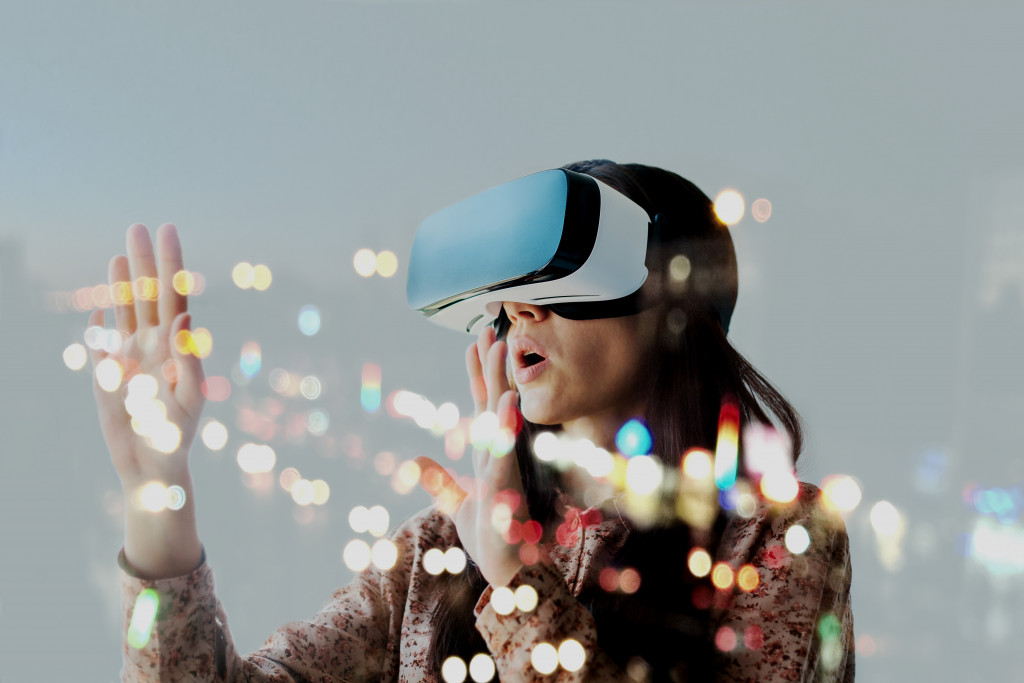Many think that technology is very distant from the art territory. But many fields will always have something that’ll connect them. You can say that mobile phones back then lacked style until parts became smaller. This paved the way for mobile phone manufacturers to focus more on design. Now that’s a solid connection between technology and art. The birth of smartphones has made this bond stronger.
Developers started with designing user interfaces that general consumers can easily use. This has changed the way people look at cellular phones. Sleek casings, wallpapers, and games people have become addicted to became part of everyone’s personalities and lifestyles. The way mobile phones influenced how people look at art and design is incredible. There’s no other way a considerable part of the population can appreciate art. Tumblr and Pinterest might not have existed if mobile technology didn’t exist in the first place.
Here are some examples of ways mobile technology revolutionized the way people appreciate visual arts.
Skeuomorphism and minimalism
Graphical design interface has become a big part of smartphone technology. Mobile phones, especially those with touchscreens, heavily rely on digital desktops. That’s why digital designers have thought of a way to integrate ease of use into smartphone user interfaces. One of the first designs they came up with was skeuomorphism.
Skeuomorphism is the creation of graphics that retain some elements from their real-life counterparts. This technique was significantly used when developers tried to make computers more user-friendly. See the Save button in most computer systems? They’re always shaped like a diskette, an old media storage device. This art movement was used before so people have an easier time figuring out how to use an operating system.
People somehow loved the idea because the movement brought endless nostalgia. Then minimalism gave birth to Microsoft’s UI ethos and Apple’s iOS 15. The flatter designs looked like a direct attack against the complicated look of skeuomorphism. Despite the initial drawback, people have become used to the design and appreciated its simplicity and ease of use.
Photography and filmmaking

Remember how you were amazed by that 2-megapixel rear camera of your phone in the early 2000s? The picture quality was terrible, but you didn’t mind. People find it unbelievable that they can take photos using their mobile phones. This has grown into an obsession to develop the best cameras in a smartphone.
Phones nowadays have everything you want in a phone camera. There are even music videos shot on iPhones and iPads. While this technology is easily accessible, you still need some skills to pull off professional-looking shots using them. This has made people appreciate the demanding work professionals like independent film creators exert.
Advancements in cameras have made photography an even more lucrative business these days. There’s no short supply of people wanting to save precious memories these days, making wedding photographers even more in demand.
Augmented reality (AR)
When this technology was first introduced in mobile phones, people didn’t see how it could be helpful in everyday life. Little did they know that they’d be using these on many games and other applications.
The way Pokémon GO blew up was the best example of augmented reality appreciation. People also use AR technology to see how products look in real life. Now, that shows the future of e-commerce and online shopping. The technology that people once thought was minimally useful is something we all might be using soon.
Virtual exhibits
Not everyone has access to the most famous art pieces. Most can’t travel to France to visit the Louvre. The good thing is some visual arts can now be accessible through online means. Virtual art exhibits are a thing now. This has given people the opportunity to adore artworks that they can’t see physically. Not to mention how Google acquired thousands of high-resolution images displayed on their Arts and Culture website. Now, students and others can get a glimpse of some critical visual works in history. This can help boost appreciation for people who don’t have access to these artworks.
Digital art
The rise of digital art online has given artists the recognition they deserve. These artists displayed their distinct styles, which made people appreciate their works. Artists can credit the software they use for these artworks. Most of them did these creations using their tablets. And of course, they can thank social media where they upload and share these artworks with the world.
The ever-changing world has narrowed the gap between arts and technology. The good thing about it is it made people closer to arts than ever before. Arts used to be intimidating for some since gatekeeping was abundant. But thanks to technology, visual arts, in particular, have been introduced to many new audience







